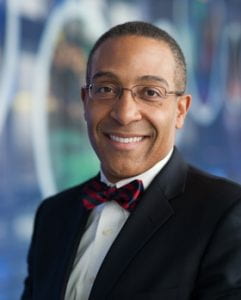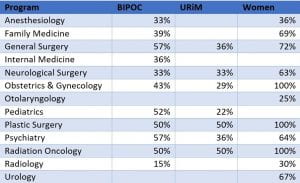 On March 1, 2020, I released a note that fewer than 10 individuals in Washington state had been diagnosed with COVID-19. As of this writing, more than 386,000 Washingtonians have been infected and 5,500 have died. Nationwide, more than 550,000 Americans have died during this pandemic. The SARS-CoV-2 – an infection unknown to us before last year, has touched everyone in every way possible.
On March 1, 2020, I released a note that fewer than 10 individuals in Washington state had been diagnosed with COVID-19. As of this writing, more than 386,000 Washingtonians have been infected and 5,500 have died. Nationwide, more than 550,000 Americans have died during this pandemic. The SARS-CoV-2 – an infection unknown to us before last year, has touched everyone in every way possible.
We were all worried – and for good reason. We worried about our family, friends, colleagues and ourselves. We worried about our education, clinical skills and ability to learn in an environment that had been disrupted for more than a year and, in many ways, continues to be unfamiliar to us. Somehow, we adapted together – as well as we could, and brought ourselves back to the rhythm of the academic year.
At the beginning of 2020 recruitment season, many of us had no idea what to expect. How were we going to interview candidates? Would the selection of residents ultimately be fair? Would we be able to attract Underrepresented in Medicine (URiM) candidates? Would certain Black and Brown populations be at further risk by asking them to travel to Seattle? Like most other medical schools, the UW SOM decided that all interviews would be conducted virtually, even interviews for its own medical students. This decision – and the unpredictability of the virus – created lots of anxiety.
So, we got to work.
The GME Office, which is traditionally not involved in the recruitment season activities, produced three videos that would capture the essence Seattle for the twenty-something perspective. This could not have been accomplished without the generous support of our clinical departments. The GME Office also organized town halls and networking opportunities for program leadership to discuss best practices for website marketing, communication strategies and diversity recruitment. Some programs developed their own materials to attract candidates who would not be able to visit Seattle.
The Network of Underrepresented Residents and Fellows (NURF) hosted two diversity and inclusion events in an attempt to help all of our programs attract underrepresented and vulnerable minority candidates. NURF even hosted a third, second-look event. These virtual events were successful, attracting hundreds of candidates who would learn more by asking questions and participating in small break-out room conversation.
So, did any of this work?
It did! The UW SOM had one of the best recruitment seasons in the past 15 years. All of our ACGME and non-ACGME programs matched with only one program using the Supplemental Offer and Acceptance Program (SOAP).
Everyone had to make adjustments due to COVID-19, including medical student applicants, the National Residency Match Program (NRMP), program leadership and sponsoring institutions. In spite of the global pandemic, NRMP had the largest number of applications ever and the largest Match on record with 48,700 registrants, an 8.3% increase over 2020.
The UW residency programs offered 285 positions, 48 individual tracks, including a new track called Pediatrics Health Equity. Of the residency positions, 274 matched with only 11 spots eventually matching through SOAP, which resulted in 100% match rate. Forty-six UW medical students matched with our residency programs. Of the 285 who ultimately matched, there were 46 UW medical students, 200 US seniors, 16 IMGs and 12 from osteopathic medical schools.
The UW fellowships offered 163 positions, 34 of which were filled by UW residents. Only 3 positions ultimately did not match.
At UW – and around the country, there was a new focus on diversity and inclusion which proved to attract and match many Black and Hispanic, as well as female candidates According to a recent NY Times article (After A Year of Toil, Elite Universities Welcome More Diverse Freshman Classes, April 17, 2021), the death of George Floyd created a national consciousness of racial injustice and placed a greater value on diversity. As a result, early data suggests that many elite undergraduate universities admitted a higher proportion of first generation, lower income and traditionally underrepresented students.
Although the NRMP does not traditionally release diversity data for the Match, it appears that medical schools also followed this trend. It appears that the University of Washington did. Many of our clinical programs proudly reported on their success with BIPOC, URiM and women candidates:
Hopefully, we can sustain this trend, not just for this moment. Hopefully, we will be able to preserve this social awareness and continue to expand diversity in our pools of candidates who will eventually apply for, matriculate to and graduate from medical schools around our country. It will be important for UW to continue to create a healthy and safe learning and working environment for BIPOC medical students and trainees, cultivating our efforts of equity, hiring more diverse faculty and creating spaces where everyone can learn and thrive.
Overall, this Match year was a very good one. Thank you all for your individual and group efforts.
Byron D. Joyner, MD, MPA
Vice Dean and Designated Institutional Official (DIO)
Graduate Medical Education, UW Medicine



